I almost didn’t even bother to cover today’s “National Safer Communities Summit” in Connecticut because I knew beforehand that there’d be nothing new coming out of it, just a stale regurgitation of anti-gun talking points headlined by the gun-banner in chief. And as it turns out, that’s exactly what we got when Biden gave his stump speech while alternating between an almost indecipherable mumbling and shouting for emphasis; praise for last year’s gun control law but a declaration that it was only a “first step”, an impotent demand for Congress to impose a ban on so-called assault weapons, a confidently asserted (and incorrect) claim that gun control is the only way to reduce violent crime and public safety, and slanderous attacks on gun owners who supposedly care more about their AR-15s than their offspring.
Biden also let loose with some whoppers; insinuating that straw-purchasing wasn’t a crime before last year (false), and bizarrely claiming that pistol stabilizing braces result in a “higher caliber bullet coming out of that gun”; a true Biden-ism and a grossly ignorant lie.
Unfortunately (or maybe not), my ability to tune in to Biden’s speech was rudely interrupted by Mother Nature, who delivered strong thunderstorms to central Virginia and knocked out my power and internet. Even though I didn’t get to listen to all of Biden’s ridiculous remarks, I heard enough to know it was just more of the same; blaming responsible gun owners and the firearms industry for the actions of criminals and proclaiming that the only way to make this country a safer place is by restricting the right to keep and bear arms.
The anti-gun gathering drew about 600 people to the invitation-only event, along with several Second Amendment advocates who protested outside the University of Hartford’s Lincoln Theater. Inside, anti-gun activists were getting high on their own supply of gun control talking points issued by the usual suspects like Sen. Chris Murphy and Gabby Giffords, though it sounds like Giffords didn’t reiterate her call for “no more guns” with the media on hand.
The summit included speeches by Murphy and U.S. Sen. Richard Blumenthal, who are co-sponsoring the event with other groups. Murphy gained national attention as a lead negotiator for the package of 2022 gun safety measures, and he pushed for the plan along with Blumenthal.
Supporters cite the law as the most important bipartisan gun control legislation in the past three decades.
The law largely closes the “boyfriend loophole” to block those convicted of domestic violence in the future from legally buying a gun, makes more sellers register as federally licensed firearms dealers so that they must conduct criminal background checks on potential buyers, and allows more time for extended background checks to search the mental health and juvenile records for those under 21 seeking to buy a gun.
The law also cracks down on illegal gunrunners, earmarks money for community violence prevention, and provides $15 billion for addressing school safety and mental health issues, often cited as a reason for mass shootings. The law earmarks funding for “red flag” laws nationwide, including the first state law that dates back more than two decades in Connecticut following a workplace shooting in March 1998 at the state lottery headquarters in Newington.
Since his speeches on the Senate floor, Murphy has become a leader in the gun safety movement and has appeared on national television on CNN and MSNBC. Along with Republican Sen. John Cornyn of Texas, Murphy is credited with helping mold the bipartisan coalition that voted 65-33 with 15 Republicans breaking with their party to vote for the bill with the Democrats.
“The outcome would have been inconceivable a few years ago,” Murphy told the enthusiastic crowd. “Now, for the first time, it is gun safety voters, not the NRA, who matter most in Washington, D.C.”
The latest statistics, he said, said that gun violence rates “might be falling by more than 10% in some places” around the country.
If you believe that last year’s gun control bill is the primary reason why violent crime is declining in many cities around the country I have a barely used bridge in Brooklyn I’d like to sell you.
It’s true (and good news) that homicides are declining in a number of cities across the country, but I haven’t seen any law enforcement agency in those communities give an ounce of credit to extending background checks. Crime analyst Jeff Asher recently covered the welcome decline in homicides at The Atlantic, and while most of the officials he spoke to aren’t sure exactly why the rates are falling, none of them pointed to more gun control as the reason.
Explaining the trend is much more difficult than describing it. The cause of the Great Crime Decline of the 1990s, when murder fell 37 percent over six years, is still not fully understood, so any explanations of the current trend must remain in the hypothesis phase for now. The national nature of both the surge in murder in 2020 and the apparent decrease this year suggests that national explanations will be more convincing than local anecdotes. Moreover, the factors that caused murder to begin to spike in the summer of 2020 may not be the same factors (now, theoretically, in reverse) that are contributing to its decline in 2023.“It is possible that police departments have returned to some of the proactive work that they curtailed during the COVID pandemic and after George Floyd, activities that may be inhibiting some gun violence,” Jerry Ratcliffe, a criminal-justice professor at Temple University in Philadelphia, told me. In Baltimore, for example, a new effort to focus policing resources on the small subset of the population that is believed to be responsible for a disproportionate share of violence has produced promising initial results.Many cities have used federal COVID-relief money to hire more police officers, and there is some evidence—albeit preliminary—that adding police officers helps to reduce homicide, while also leading to more arrests for low-level offenses. We do not yet know how successful agencies have been at growing their ranks or whether more police officers are resulting in fewer shootings. Murder is down in Chicago, New Orleans, and New York, for example, but Chicago’s number of police officers is virtually unchanged from last summer, while New Orleans’s is down more than 8 percent and New York has roughly 2 percent fewer officers.The end of the emergency phase of the coronavirus pandemic may also be contributing to the decline in murder. “With COVID restrictions being lifted and a return to some degree of normalcy, the traditional constraints that occurred within society affecting the routine activities of people have returned,” Ratcliffe said.Anthony Smith, the executive director of Cities United, an organization working to address community violence, agrees that the end of the pandemic is playing a role in falling violence. “Structures and systems that folks relied on are back open and driving. A lot of this took place during COVID time when a lot of stuff was shut down and folks didn’t have access. There was a lot of bleakness, there was just nothing,” Smith told me. “The world opened back up.” Smith believes that young people were particularly disconnected by the shutdown in services prompted by COVID, contributing to increasing violence among youth.Smith also points to additional efforts to fund community interventions from the federal government and the efforts of philanthropic organizations to fund violence interventions. “There are more resources for the work, more investment in the work,” Smith told me. “A lot of cities have used [American Rescue Plan Act] dollars or general-fund dollars and decided to invest more in the intervention and prevention work around violence prevention.”Smith highlighted the Department of Justice awarding $100 million to community groups addressing gun violence last year as an example of this investment. Cities have “increased their community-violence-intervention ecosystem and have focused in on identifying [those residents] most at risk and creating systems where they can identify, engage, and support them,” he told me.
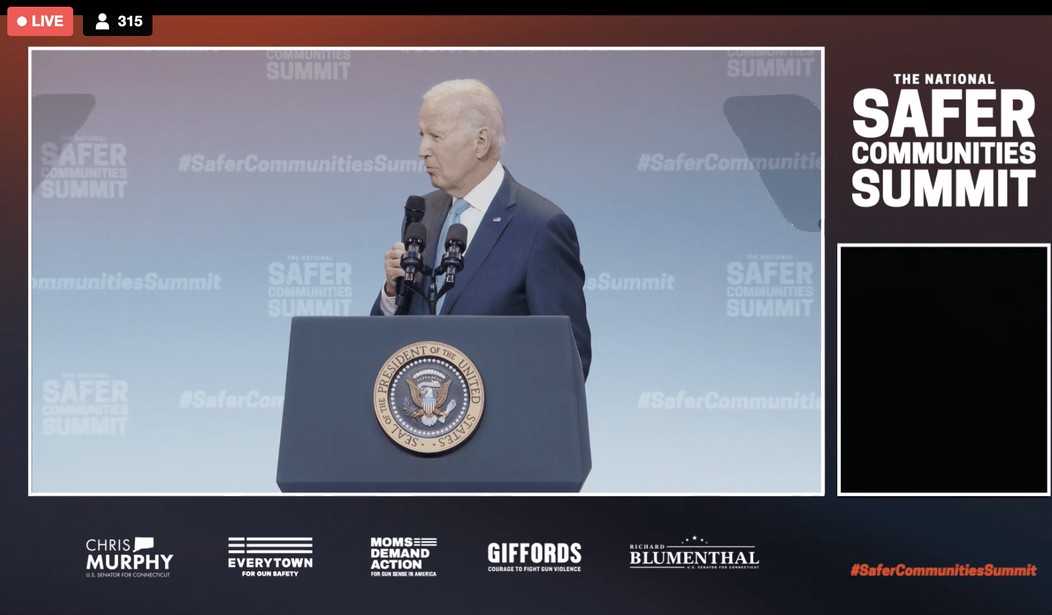

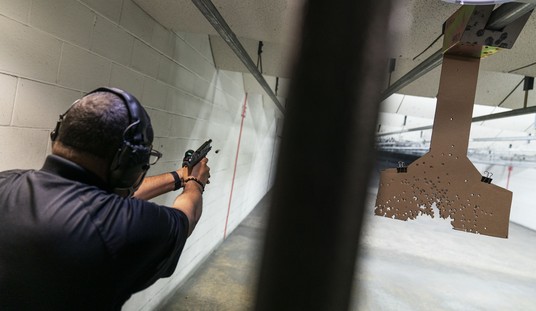
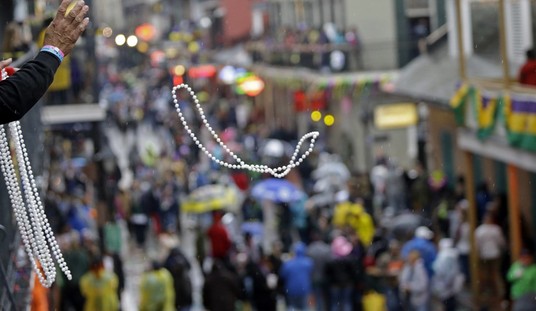
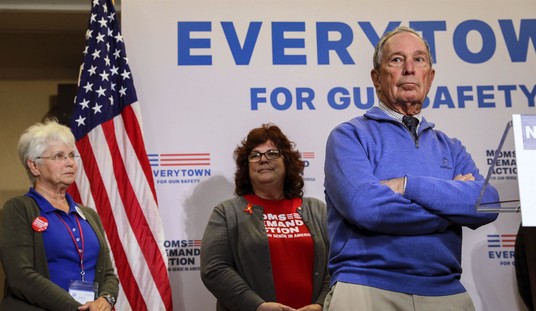
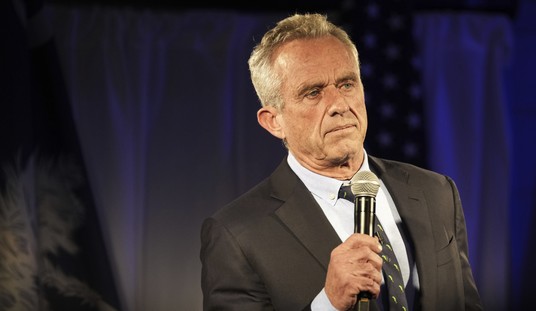



Join the conversation as a VIP Member